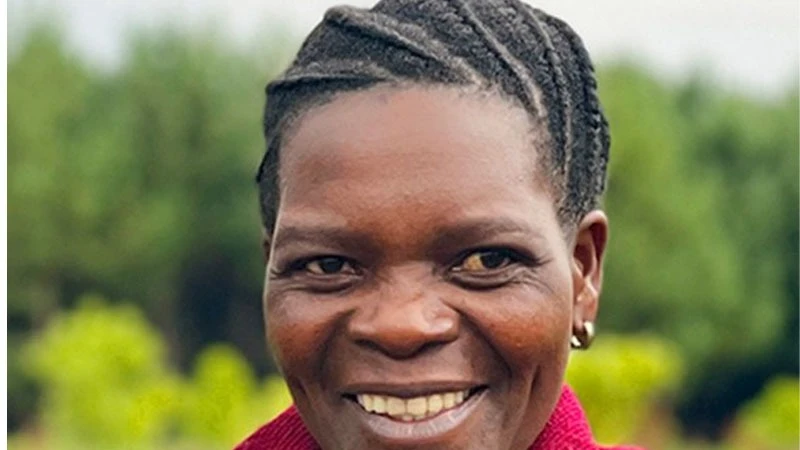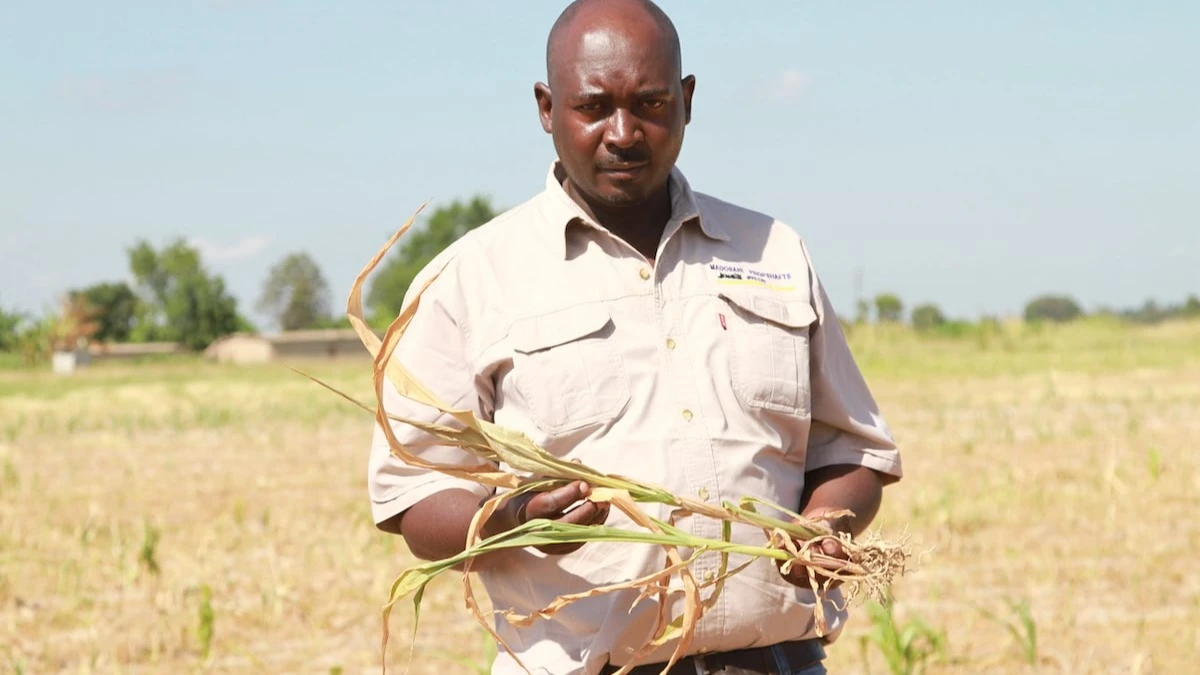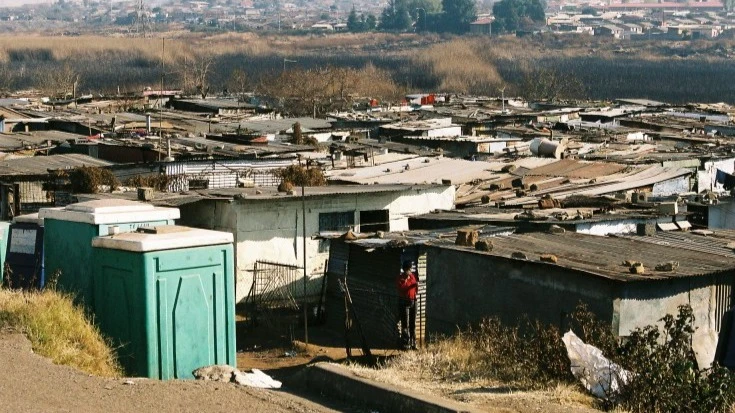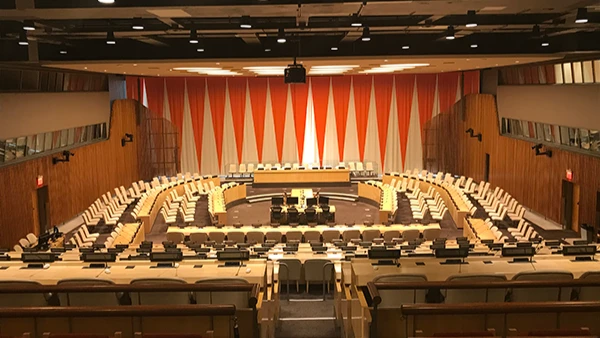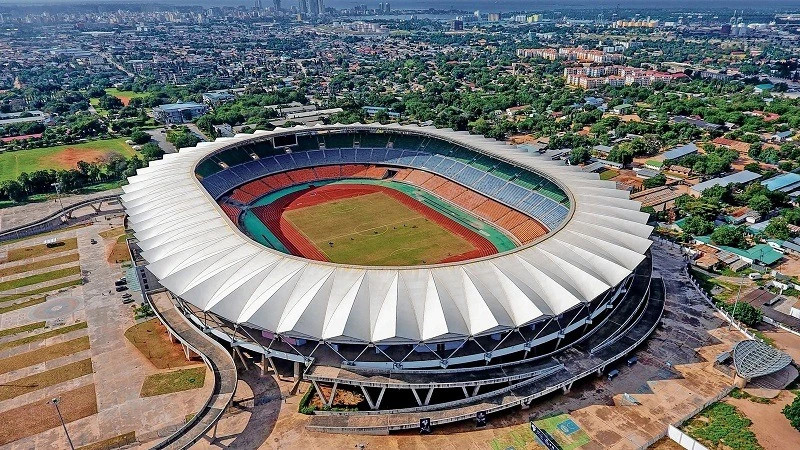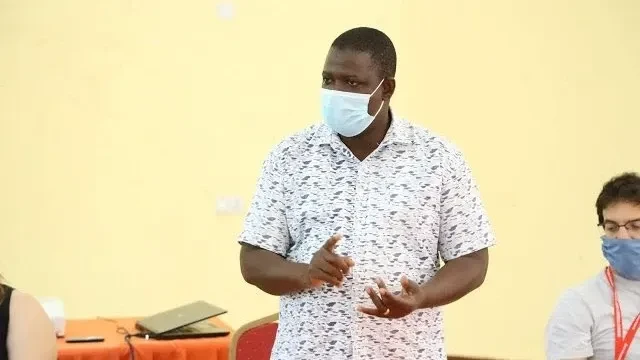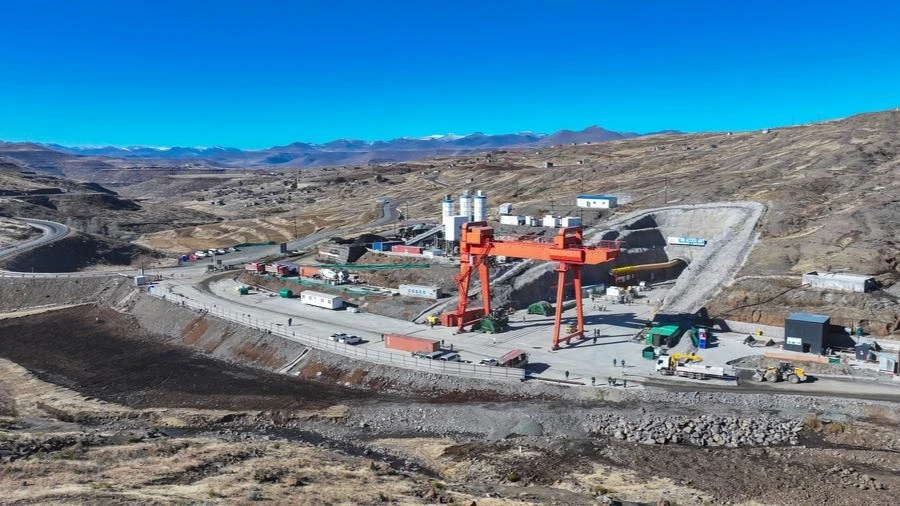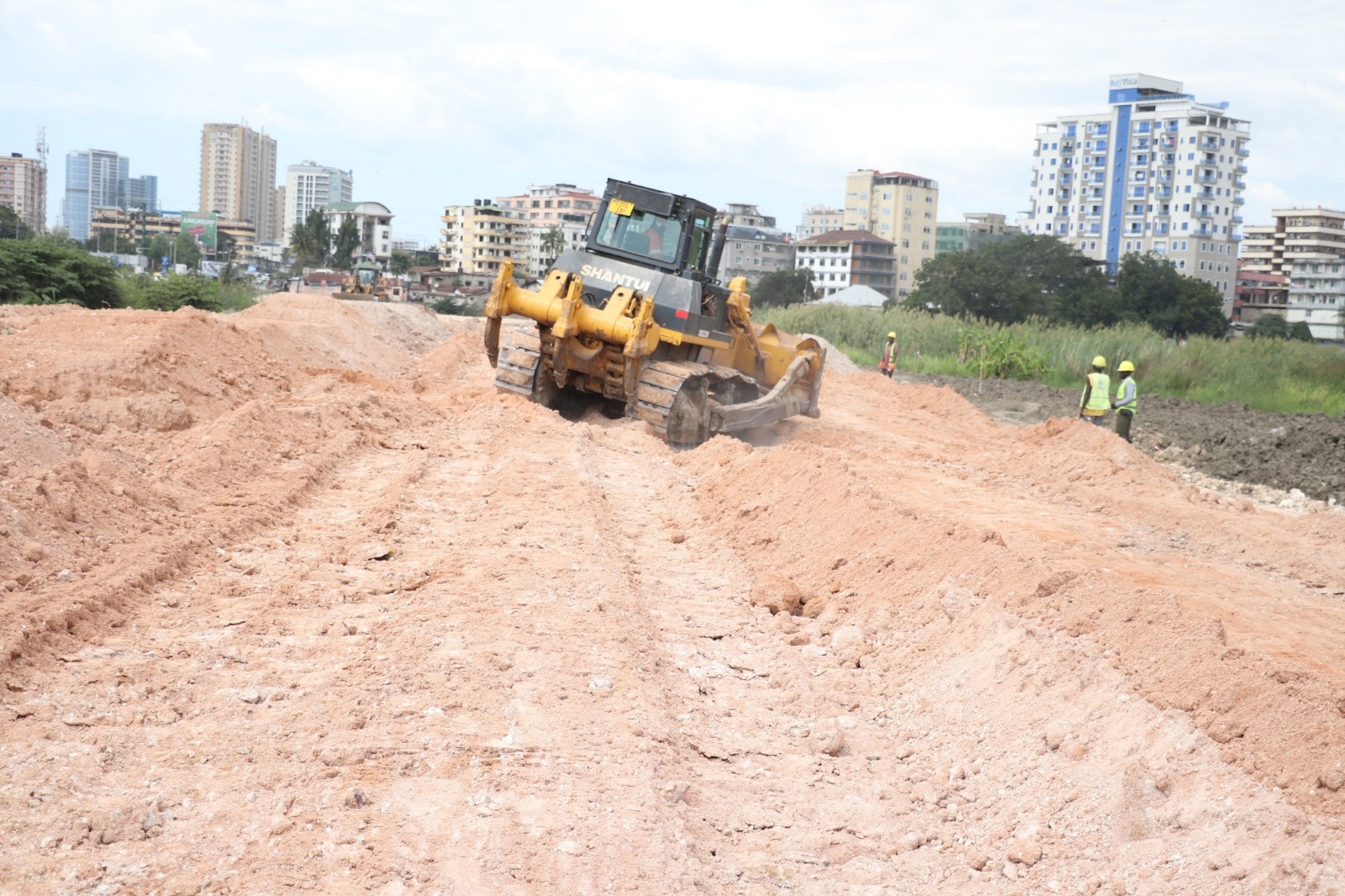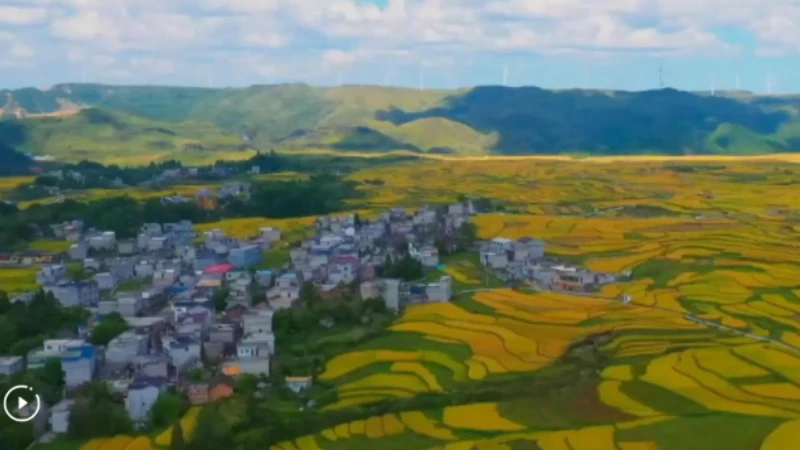FAO, WFP report 2025: Acute food insecurity to worsen in some countries
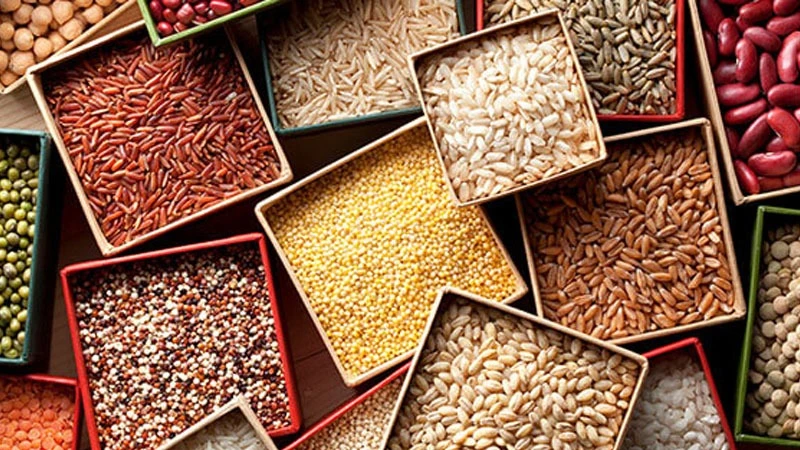
ALTHOUGH Tanzania is not mentioned in a new global report which projects worsening food insecurity in some countries across the world, it is good to take precautionary measures, lest people are taken by surprise and regret for being imprudent.
Since four countries projected to have acute food shortages border Tanzania and three other countries are member states of the East African Community (EAC), it is worthwhile taking the precautionary measures to mitigate food insecurity due to below average rainfall in some parts of the country.
Rain-fed agriculture is facing acute problems due to unreliable rainfall which affects optimal crop growth and causes low crop yield or torrential rain which causes floods and destruction of crops and infrastructure. This results in acute food insecurity which hikes food prices and increases poverty levels.
According to the Global Multidimensional Poverty Index (MDI) 2024, across 112 countries and 6.3 billion people, 1.1 billion people (18.3 per cent) live in acute multidimensional poverty. The MDI says 83.2 per cent of the world’s 1.1 billion multidimensionally poor people live in sub-Saharan Africa and South Asia. Sub-Saharan Africa has 553 million people living in poverty, and South Asia, 402 million. Thus, in countries with high levels of poverty acute food insecurity aggravates poverty.
In a report titled “Hunger Hotspots FAO-WFP early warnings on acute food insecurity November 2024 to May 2025 outlook”, the Food and Agriculture Organisation of the United Nations (FAO) and the World Food Programme (WFP) project acute food insecurity to worsen in some countries. These include 16 hunger hotspots and 14 countries, and two regional clusters (comprising eight countries), during a seven-month period from November 2024 to May 2025.
While Sudan, Palestine, South Sudan, Haiti and Mali are classified as countries with “the highest concern level” where the most urgent attention is necessary, Chad, Lebanon, Myanmar, Mozambique, Nigeria, the Syrian Arab Republic and Yemen are classified as “hotspots of very high concern”, where large numbers of people are facing or are projected to face critical levels of acute food insecurity. Additionally, the report says since the May 2024 edition, Kenya, Lesotho, Namibia and the Niger have been added to the hunger hotspots list, while Burkina Faso, Ethiopia, Malawi, Somalia, Zambia and Zimbabwe remain designated as “hunger hotspots”.
However, the report says it focuses on “the most severe and deteriorating acute hunger situations”, but it does not represent all countries experiencing “high levels of acute food insecurity”. The latter are likely to push commodity prices high. “While global prices moderated throughout 2023 and most of 2024 compared to the previous 2 years, local factors —particularly currency depreciations — are sustaining high prices in many countries, making it increasingly difficult for poor households to afford essential food items.”
Therefore, the report provides country-specific recommendations on priorities for anticipatory action – short-term protective interventions to be implemented before new humanitarian needs materialise, and emergency response – actions to address existing and emerging humanitarian needs. “To identify hunger hotspots, FAO and WFP have assessed how key drivers of acute food insecurity are likely to evolve and their potential combined effects across countries/territories in the coming months; the related risks of deterioration were also gauged,” the report says.
Key drivers of acute food insecurity include organised violence and conflict risks, natural hazard risks, and economic risk [as the International Monetary Fund (IMF)’s Global Economic Outlook projects global economic growth to remain at 3.2 per cent in 2024 and increase slightly to 3.3 per cent in 2025.
Countries which are susceptible to acute food insecurity are advised to diversity production. Global Economic Diversification Index (GEDI) 2025 says pursuing economic diversification continues being a catalyst for sustained development and growth, and a pillar for achieving global recovery and stability.
“Economic diversification has been a key policy priority in the commodity producing nations, largely to avoid the growth, trade and revenue volatility emanating from price and volume fluctuations.” Crop production diversification, according an open educational resource (OER), involves introducing or adopting new crops, cropping systems, or technologies to improve agricultural resilience, increase productivity, access new market opportunities.
Smallholder farmers especially should be aware of expert warnings so that their crop production is less likely affected by changes in atmospheric conditions, including heatwaves, droughts, rainstorms, floods and windstorms, often driven by greenhouse gas emissions, and natural variations.
An alternative to unreliable rainfall is irrigation farming which, according to a paper titled “Adapting agriculture to climate change via sustainable irrigation: biophysical potentials and feedbacks” published in 2022 “provides 40 per cent of global food production.” The paper says: “Expanding irrigation onto currently underperforming rain-fed croplands is crucial to meet future global food demand without further agricultural expansion and associated encroachment of natural ecosystems.”
Authored by Lorenzo Rosa from the Department of Global Ecology, Carnegie Institution for Science, Stanford, CA, United States of America, the paper suggests that establishing irrigation is a potential climate adaptation solution to alleviate heat- and water-stress to crops and reduce climate variability and extremes. So, amidst rainfall uncertainties smallholder farmers should utilise irrigation farming suited to their level of production to mitigate the severity of prolonged drought, and acute food shortages.
Top Headlines
© 2025 IPPMEDIA.COM. ALL RIGHTS RESERVED


